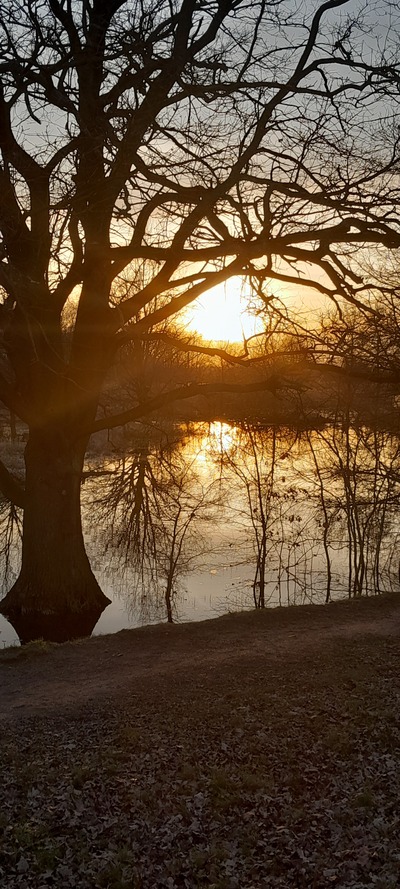
This is the second post in the series that is a diary of a teacher trying to teach not the most exciting unit from the coursebook and sighing all the way. The first post can be found here. Today another one, this time devoted to two lessons on the passive voice. The post includes references to Gateway to English, B2 by David Spencer published by Macmillan. This is the coursebook that I am using with my group and the page numbers refer to the second edition of the coursebook.
Vocabulary practice and revision
This unit has a rather challenging content as regards vocabulary. There are the names of the natural disasters as well as a big set of nouns, adjectives and verbs used to talk about disasters, not a small thing. Hence more practice.
- A quick test – Here I had a good time pretend play a school teacher and calling out my teens to answer a series of random questions. The teens took turns to give us a definition and an example for all of the key words from the previous lesson.
- Visuals: I shared with my students a set of six visuals related to disasters (here) that I found on google, illustrating different aspects of a variety of natural disasters, including the damage and the beauty, too. Students were asked to work in pairs and to choose a pair of pictures for their partner to talk about and to compare them (‘Are they similar or different?’), partially inspired by the visuals tasks from the higher levels of the Cambridge exams. There was also a round-up question, ‘Which photograph was the most interesting for you?’ which is also the question that we used for the whole class feedback.
Grammar presentation and practice
From the very first moment I knew that I would try to minimise the presence of the main topic of the unit, in order to give us all a break and to be able to include some more exciting and some less dramatic topics. Because, really, how much can you take. Overall, I decided to keep all the practise exercises from the book (all of them but one using the context of the natural disasters) and to supplement them with something more fun.
- The context I chose was My International Life. The first part was the presentation about the products that I use, the clothes I wear, the books I read and the devices I use and where they were made. I presented a series of visuals and the group were trying to guess where they were made, my computer, my socks, my coffee and my trinkets. The model sentence we were using at this point was: It was made in…They were made in…
- Later on we dealt with the form, pronunciation and use, including the difference between the active and the passive voice.
- The first practice activity was the students talking about themselves. The students were sent out into the breakout rooms to talk about their international life. They were instructed to talk about ten things (minimum).
- The other practice activities in that lesson focused on the exercises in the coursebook (page 98 in the coursebook).
- We finished the lesson with an online game, found on bamboozle.com.
Grammar presentation and practice. Part 2
I decided to divide the grammar input into two lessons because I teach a mixed ability group and, although, theoretically, the passive voice structures, in all the tenses, should be only a revision for them, it is not quite true in case of some of my students. For that reason, in lesson 1 we worked on the form in all the tenses and in lesson 2 we focused on the passive voice with two objects.
- Practice and production: Photographs in our book: I decided to start with a freer practice activity based on the materials from the coursebook. I found different illustrations in the coursebook, namely: set 1: pages 98 and 99 depicting the aftermath of the hurricane Katrina and the typhoon damage in the Phillipines and set 2: pages 87 (a Foo Fighters concert) and page 70 (health). The students were asked to choose one of the sets and to describe the photographs using only the passive voice. We did this activity in the breakout rooms.
- Grammar presentation #2: we used the coursebook materials to present the passive voice sentences with two objects (page 98).
- Controlled practice was built around the exercises in the coursebook (page 98 and 99).
- Freer practice #1 was the activity from the coursebook, too, Find someone who. I had to change the format of the activity as moving students in-between the breakout rooms would be too much hassle and I wanted them to produce a lot of language, rather than talk to different partners which they do anyway. For that reason there were asked to use the prompts from the coursebook and to find out as much as possible from the same partner.
- Freer practice #2 and the final activity of this lesson was inspired by something that I read on Sandy Millin’s blog once. I decided to call it ‘A story of an object’. In the orignal version of the activity it was the object itself that would be retelling the story of its life and, I suppose, other structures would be the format. We changed it to the 3rd singular as it was the format more consistent with the passive voice that I was hoping that my students would be using. We started with a model and I used my (amazing) Malevich tote bag, probably The Present of the Year 2022. I presented the structure (A story of an object, 3 questions from the audience) and a set of verbs to use (created, bought, brought, seen, loved, kept, washed, worn etc). Afterwards, the students went into the breakout rooms and worked in pairs. Back in the common room, each student gave us a summary of what they found out about from their friends.
- We finished with another bamboozle game.
Reflection
- Well, in one line: I was a happy teacher last week.
- The context of the international life worked very well. We managed to get away for a moment from the gloom of the natural disasters and immediately after the presentation the students got to use the structure to talk about themselves. It was very beneficial even though in the beginning the students were mostly using ‘was / were made’. This gave us a very good basis for the more extensive use and it was a great opportunity to personalise it straight away.
- The lessons included a good ratio of the individual practice, disaster-focused and the pair-work, disaster-less and more productive. The bamboozle games were another way of balancing the weight of the lesson.
- I love working with visuals and I was really very happy with how they worked in this lesson. The students were discussing the disasters and using the vocabulary but they were also able to interact with the beautiful photographs and notice the discrepancy between the beauty of the natural disasters in the photographs and the danger and suffering that this beauty is synonymous with in some cases.
- In the same vein, I was very happy with the way we recycled the photograhps in the coursebooks. It was also interesting for the students to notice when it is and it is not natural to use the passive voice in different situations.
- A story of an object was probably my favourite activity of these two lessons. I could share with the students the story of my Malevich tote bag but I also loved listening to the stories that my students chose to tell. Some of them decided to share their treasures with the class, such as the favourite book, the phone or the parrot (a bit of far-fetched but she managed!). Some went for the sarcastic approach as they talked about their favourite cookies, the hoover or a bottle of water, sparkling. It’s been a while since the last time I laughed so much in class.
Happy teaching!
